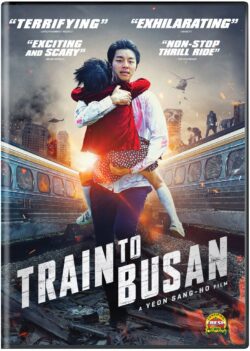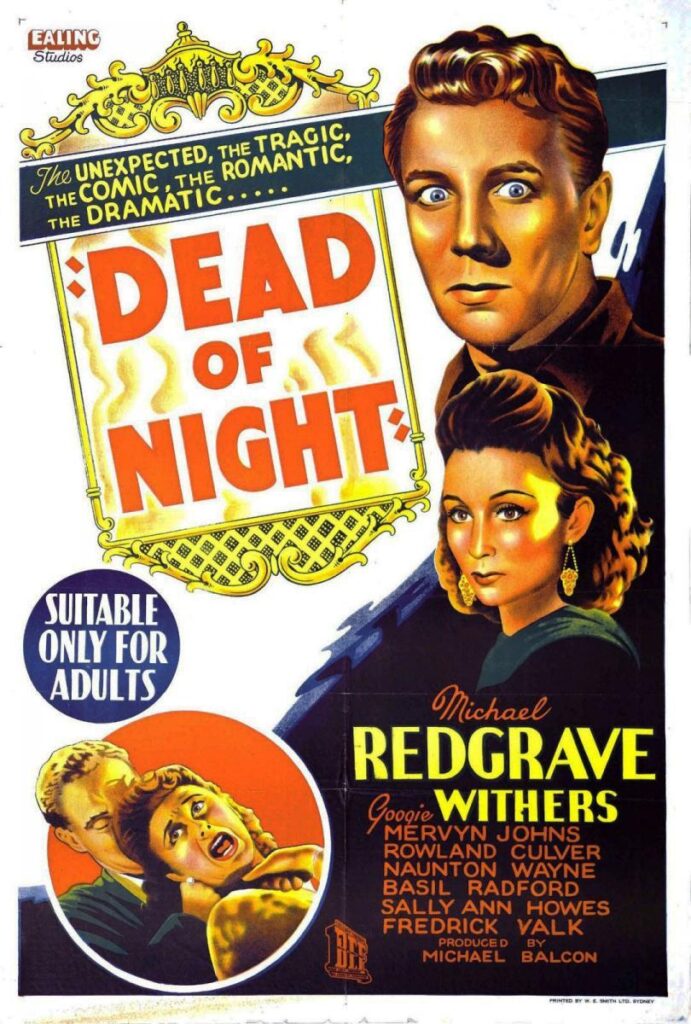
Having the Sense Not to Watch a DVD with Subtitles While Ironing
Train to Busan is a movie that has been haunting me for years. And I still haven’t seen it. The film, released in 2016, was touted to me by a range of people including: an in-law, a guy who worked in a car lot finance department, numerous zombie movie fans, and foreign film devotees. I don’t generally like zombie flicks, though there are some like the groundbreaking Night of the Living Dead (1968) and the action-adventure World War Z (2013) that I found worthwhile. The rom-com Warm Bodies (2013) which was a riff on Romeo and Juliet, the comedy Zombieland (2009) and its sequel Zombieland: Double Tap (2019) also had appeal. Getting back to Train to Busan, I had accumulated over the course of months an abundance of items in need of ironing. Ironing is the household chore I most loathe, so I figured why not combine it with watching a DVD in a subgenre which is not one of my favorites. Sort of like killing two arduous activities with one hot iron. I gathered the clothing and hangers, set up the board, plugged in the iron and turned on the player. Then I thought, “Wait, reading subtitles while ironing could lead to disaster.” I regarded the Blu-ray in my hand and noted the ENGLISH LANGUAGE AVAILABLE option. This was a despicable alternative. It went against my principles. Therefore, Train to Busan was once again relegated to the view-at-another-time file. What I chose to watch instead is perhaps the antithesis of violent zombie movies. Quietly creepy, genteel, and “terribly British” (in the positive sense of the phrase), Dead of Night (1945) is a horror classic that I’ve watched multiple times. I can recite dialogue from it and pronounce when unnerving camera angles will occur. It was a good choice since I could easily split my attention between a film I’m very familiar with, while simultaneously engaging in a boring task that nonetheless demands some focus.

Dead of Night was influential in part for defining the horror portmanteau film. The onscreen anthology format became a staple of the genre largely because of the movie’s impact. As a wraparound for the stories, the movie employed a novel framing device: Architect Walter Craig (portrayed by Mervyn Johns) is summoned to a country house to see about renovations. He experiences déjà vu upon arrival, recognizing not only the abode but also the group of people who have gathered there. He says he has dreamt of them all before but can only recall certain parts of the recurring dream. This leads to five members of the gathering recounting their own experiences with the uncanny. The tales they tell mount in intensity, with comic relief occurring between the particularly intense third and fifth stories. Throughout the narrative, a house guest named Dr. Van Straaten (Frederick Valk) provides psychological/rational explanations. The proverbial man of science challenging believers in the supernatural. But even the good doctor has had an interaction that caused him to wonder.
And his story is the one most cited when the film is discussed: the sequence featuring a tour-de-force performance by Michael Redgrave as the tormented ventriloquist Maxwell Frere. We have seen so many subsequent variations on this theme. The Twilight Zone television series did a couple of episodes employing the motif. And the 1978 film adaptation of William Goldman’s novel Magic also played upon the dangerous dummy concept. 2007’s Dead Silence is yet another example. None can top what director Alberto Cavalcanti and Redgrave achieved in the stellar segment from Dead of Night. Cavalcanti’s directing is inspired, walking the tightrope between logic (schizophrenia diagnosis) and the arcane (sentience in a wooden doll.) Redgrave takes febrile obsession to dizzying heights, imbuing the character of Frere with a jealous passion that has echoes of the less than healthy relationships depicted in film noir classics. When watching the segment this time, I still was shocked by a close-up of teeth marks on flesh and laughed again at the framed headshot photo of Hugo the dummy on Frere’s mantle. And remain freaked out by the phrase, “Hello Sylvester, I’ve been waiting for you.”
The other sequence that most chills my blood is “The Haunted Mirror,” splendidly directed by Robert Hamer. Although the two main characters are reduced to stereotypes of the privileged class, the eerie story is propelled by Michael Relph’s art direction, Charles Hasse’s editing, and composer Georges Auric’s score. An antique mirror is a gift from a fiancée (played by Googie Withers) to her betrothed (portrayed by Ralph Michael.) Of course, there’s more to the mirror than initially meets the eye. Reflecting on the reflection is enough to drive a man mad, putting a major damper on the honeymoon phase.
The aforementioned comic relief segment provides a nice respite between the “The Haunted Mirror” and “Ventriloquist’s Dummy” stories, although American distributors of the film decided to excise it for the movie’s U.S. release. I suppose the yarn concerning two rival golf buddies who play a game to determine who gets the girl they both fancy, and who fancies them both equally, could be perceived as fluff inconsistent with the rest of the material. Indeed, it is. But this daffy ghost story has hilarious dialogue delivered by actors Basil Radford and Naunton Wayne. The duo appeared in a series of films as archetypal British chums absorbed with their mundane interests; irritated by distractions that require contemplation. In “The Golfer’s Story,” The twosome becomes a threesome with the introduction of a mutual love interest and that, Dear Chap, simply isn’t done. Relinquishing a romance would be the sporting thing to do and golf, to them the noblest of all games, provides a solution. Many golfers have a reverence for the sport that borders on mania, and director Charles Crichton capitalizes on that. The anathema of reiterating being told to “Give up golf!” is accompanied by the knocking over of a bar stool, and a bride and groom exit a church under an arch of golf clubs held aloft by club members.
The first and second stories in the film seemed more stilted to me upon this recent viewing. Both do have their atmospheric moments, especially “The Christmas Party” which has in its favor a famous historic English murder to draw upon. It was good to revisit Dead of Night again. The film certainly served the purpose of entertaining me while I was doing a procrastinated chore. And my familiarity with the movie meant that no articles of clothing were harmed during the activity. Speaking of procrastination, I will board the Train to Busan. Sometime.
